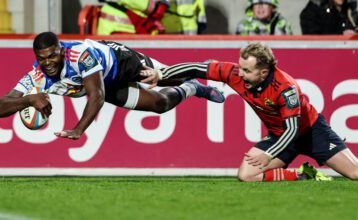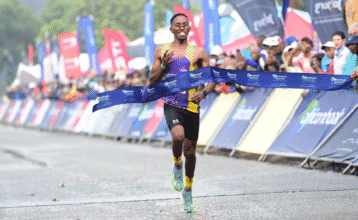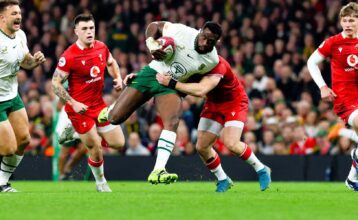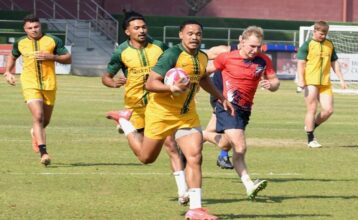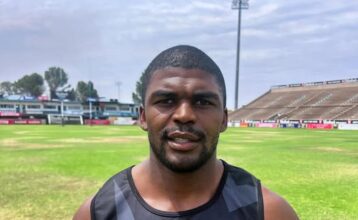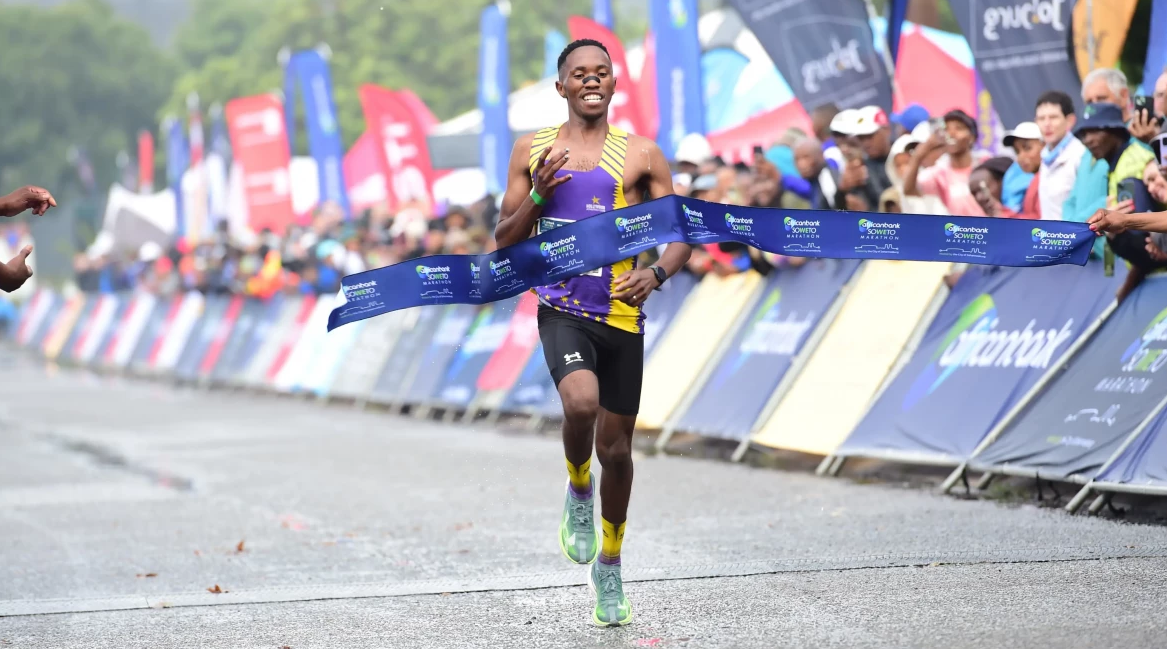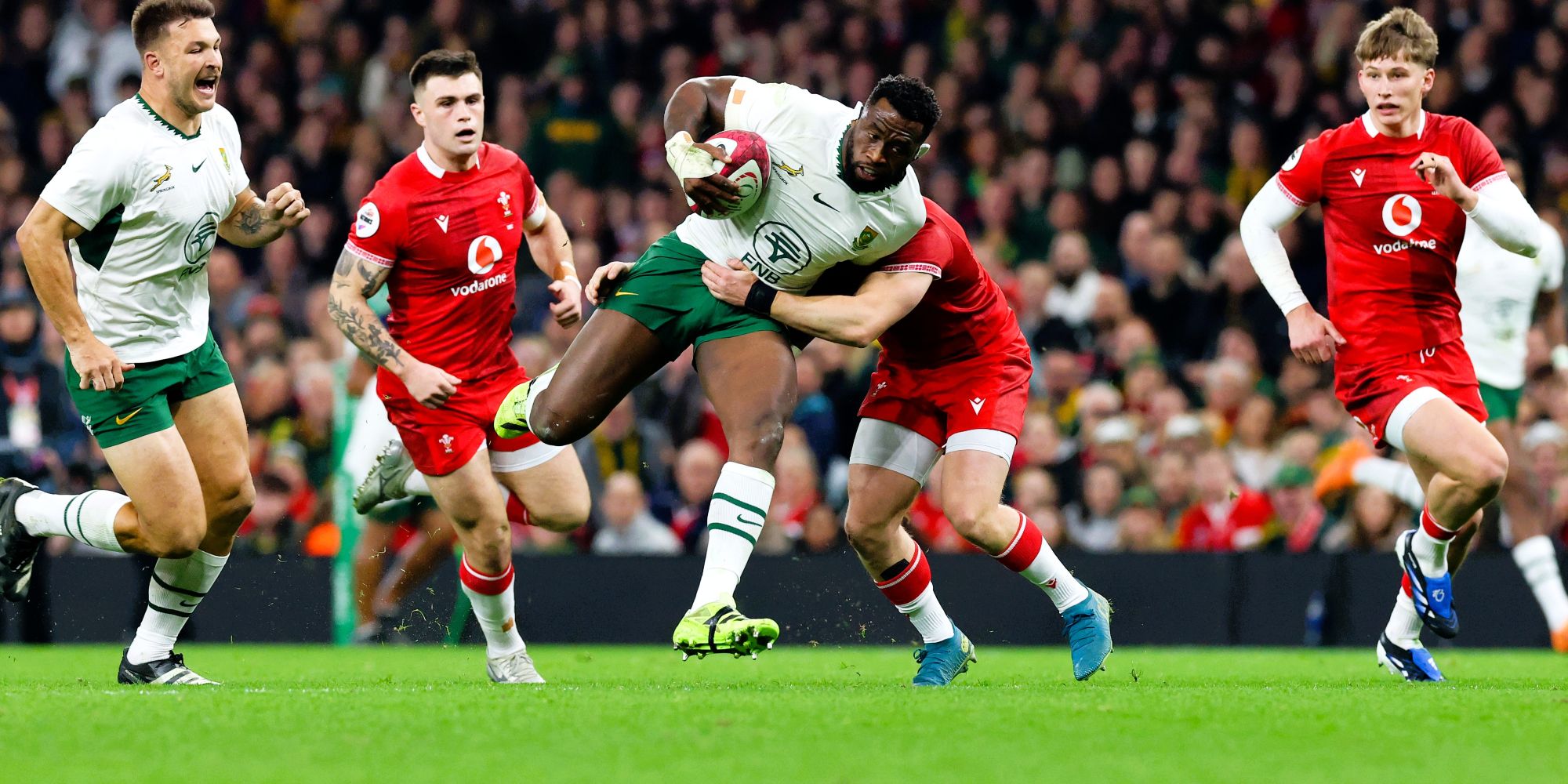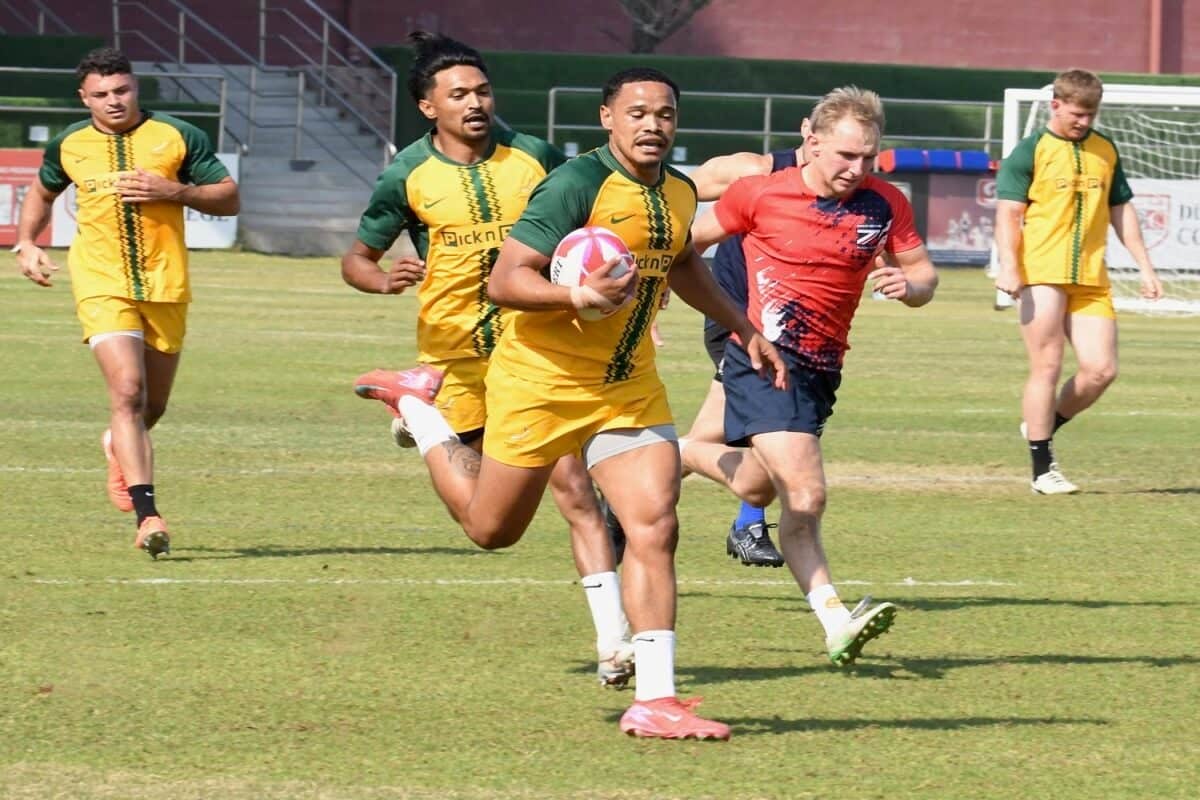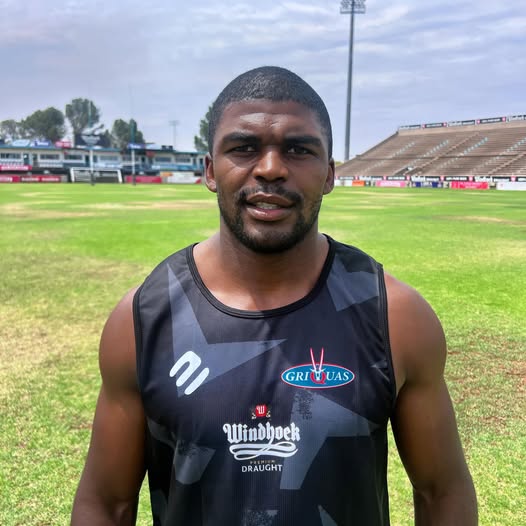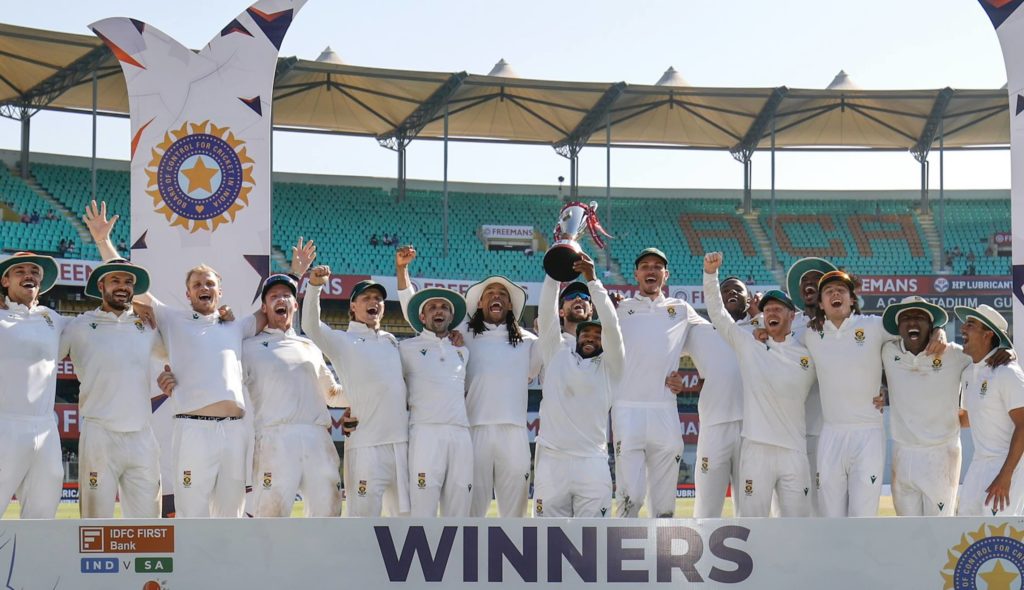As the Springboks prepare to launch their 2025 campaign with a history-laced clash against the Barbarians at the DHL Stadium, Cheslin Kolbe returns to the Mother City like a lightning bolt poised to strike Table Mountain itself.
The match, set for Saturday, is more than just an invitation test—it’s a time warp. Tuesday, 24 June, marks the 30th anniversary of South Africa’s 1995 Rugby World Cup triumph, the day Joel Stransky’s boot sent a rainbow curling into Ellis Park’s sky and a nation into rapture.
And while the shadow of that iconic moment looms large, Kolbe—dancing feet, iron will, and all—is carving out his own space in Springbok folklore.
If rugby were poetry in motion, Kolbe would be the punctuation—darting, stopping, rewriting scripts with every sidestep. At just 1.72 meters and 75 kilograms, he has turned his “small stature” into a stealth missile. Every time he launches from the backfield, defenders feel less like they’re tackling a man and more like trying to catch a gust of Cape wind.
But even in a week heavy with nostalgia, Kolbe is all grace and gratitude. Speaking at the Springbok team hotel, he reflected on the towering legacy of another winged icon: Jonah Lomu.
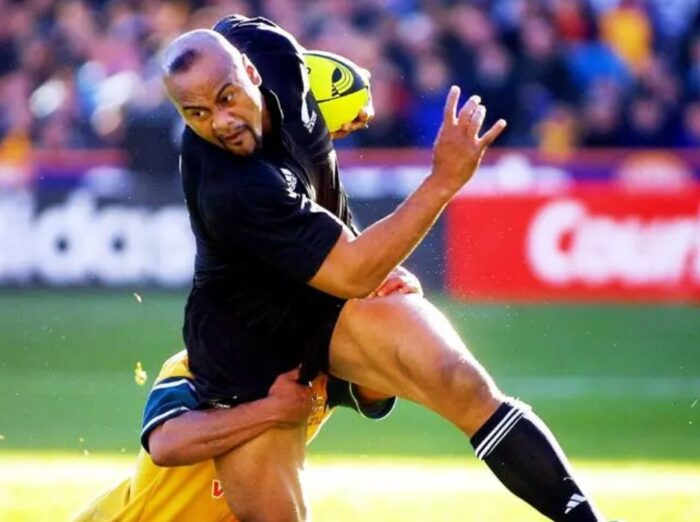
Jonah Lomu revolutionized the game of rugby Photo: Archives
“Jonah Lomu is a legend of the game,” Kolbe said. “He brought something to rugby that we’d never seen before. His size, speed, and power… it was terrifying but beautiful to watch.”
Lomu, the 120kg freight train who changed how the world viewed wingers, was 1.96m of pure intimidation.
Kolbe, by contrast, is a hummingbird in a land of rhinos. Yet both have mesmerized fans with contrasting brilliance—one bulldozing through brick walls, the other slipping through cracks in the concrete.
Kolbe was asked which of the two he’d rather square off against—Lomu or his fellow Bok flyer Kurt-Lee Arendse.
He chuckled. “I would have loved to play against Jonah Lomu because he is a legend of the game, but I also wouldn’t want to face Kurt-Lee Arendse in a one-on-one situation.”
It’s a telling comment from a man who has left defenders clutching at air like tourists chasing taxis on Long Street. The respect is mutual—Kolbe and Arendse, though they never clashed in Japan, are mirror images in philosophy: elusive, electric, lethal.
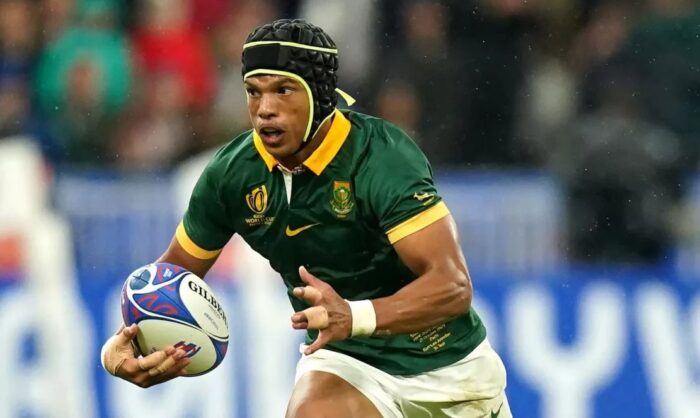

Kurt-Lee Arendse Photo: Sa Rugby
As the Springboks line up to face the Barbarians for the first time in history in the Mother City, Kolbe knows that this isn’t just about the past—it’s about the torch being passed, not dropped, Kolbe now carries that rhythm into a new era.
He may not have Lomu’s frame, but Kolbe has his own weaponry: ankle-breaking agility, defensive grit, and a rugby brain sharper than a referee’s whistle. Like a jazz musician improvising in tight spaces, he finds freedom where others see chaos.
So as the green and gold thunder out the tunnel this weekend, it won’t just be a match—it will be a living tribute to three decades of blood, brilliance, and belief.
And at its heart, Cheslin Kolbe, the Springbok sling blade, remains a reminder that giants come in many shapes—and sometimes, the sharpest blade is the smallest one.


